ROMAN BATTLE SCENE
ANTONIO TEMPESTA
Florence 1555 – Rome 1630
ROMAN BATTLE SCENE
Pen and brown ink with sepia wash on paper
25 × 30 cm / 9.8 × 11.8 inches, with antique frame 40.5 × 45 cm / 15.9 × 17.7 inches
PROVENANCE
Private collection, France
Although Antonio Tempesta (Florence 1555 – Rome 1630) is best known today for his celebrated battle scenes, his artistic legacy is defined by an exceptional breadth of technique, media, and invention. Trained in Florence in the circle of late Mannerism—particularly alongside Giovanni Stradano—he developed a style that combined calligraphic precision with dramatic narrative impulse.
In 1573, Tempesta moved to Rome, where he received prestigious commissions under Pope Gregory XIII, including frescoes in the Vatican’s Gallery of Maps. Over the following decades, he worked for some of the most powerful patrons of the era: Cardinal Alessandro Farnese, Cardinal Scipione Borghese, and numerous noble families, leaving his mark in palaces such as Caprarola, Bagnaia, and the Palazzo Giustiniani. His work also appears in major Roman churches including San Giovanni dei Fiorentini and Santo Stefano Rotondo.
This pen and brown ink drawing, heightened with sepia wash, illustrates a classical battle scene brimming with motion and dramatic energy. With striking compositional freedom, Tempesta arranges warriors, rearing horses, and fluttering banners in a swirling vortex of combat. Particularly noteworthy is his anatomical fluency in rendering equestrian figures—an ability that made his drawings especially admired and widely collected.
The presence of Roman eagles (aquilae) on the standards clearly identifies the troops as Roman legionaries. This iconography, so closely associated with the military might of ancient Rome, allows us to interpret the scene as a vivid evocation of a Roman battle—imagined through the lens of early modern theatricality and historical imagination.
Beyond painting and frescoes, Tempesta became one of the most prolific and widely circulated printmakers of his time. His Bibbia del Tempesta (a 150-plate illustrated Old Testament), the Metamorphoses of Ovid, and scenes from the lives of saints, emperors, and biblical heroes spread his imagery throughout Europe. His designs were engraved not only by himself but also by great contemporaries such as Villamena, Callot, and Greuter.
This drawing belongs to that rare category of Tempesta’s graphic work that combines immediacy, compositional complexity, and fluid draftsmanship, far beyond mere preparatory sketches. It stands as a testament to the richness of his imagination and to the enduring appeal of his dramatic visual storytelling.


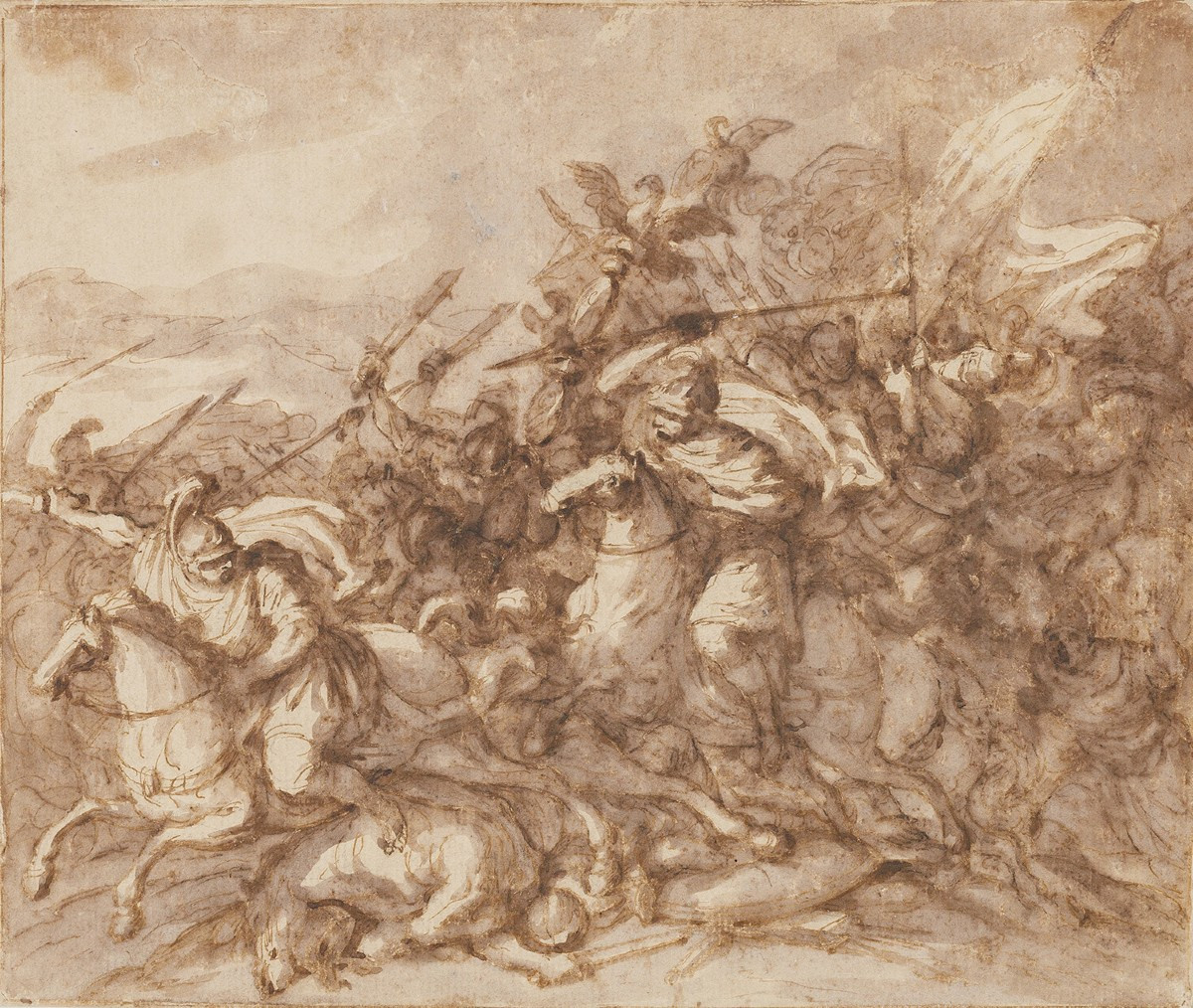

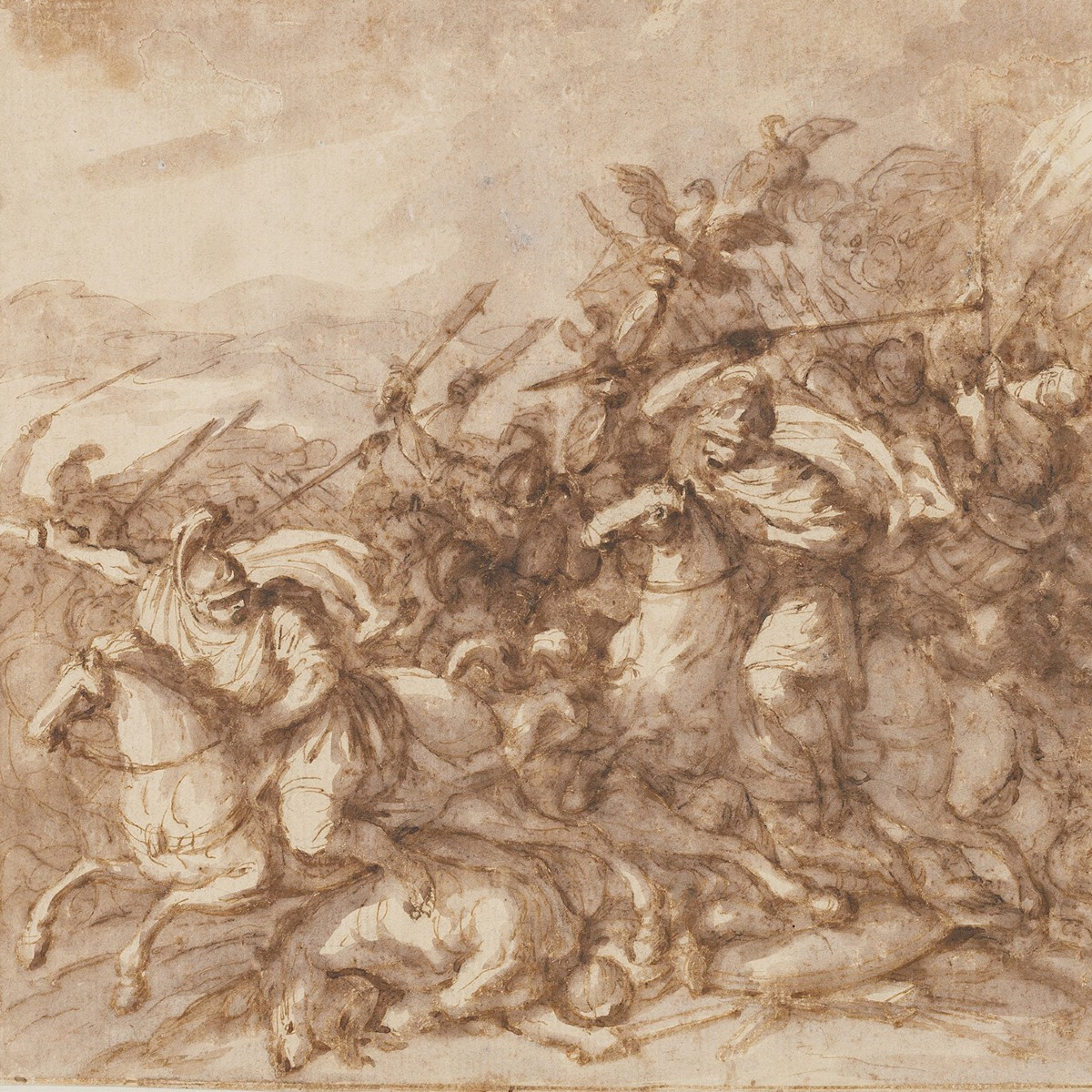
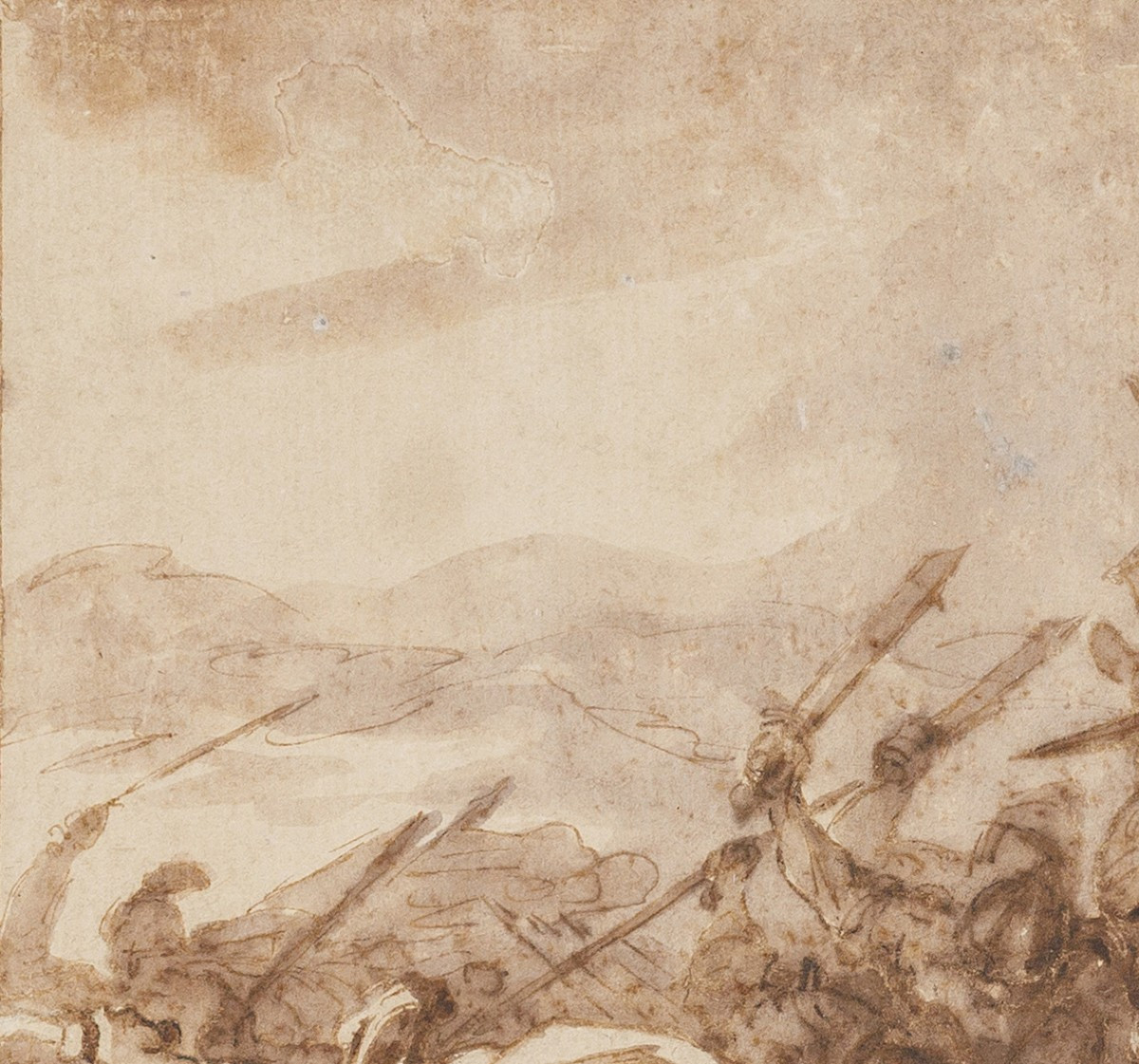

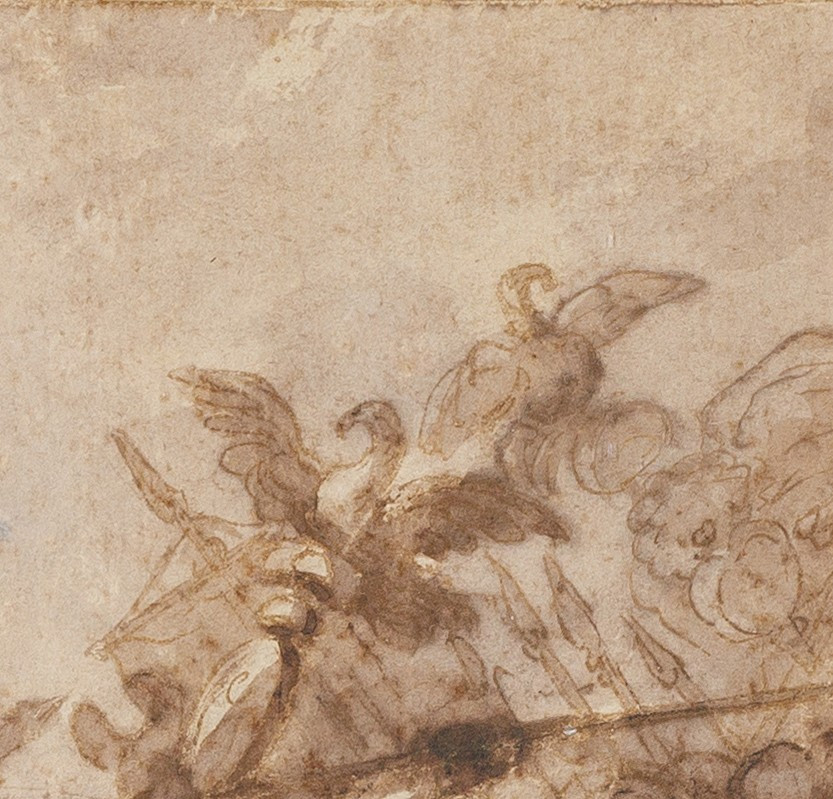









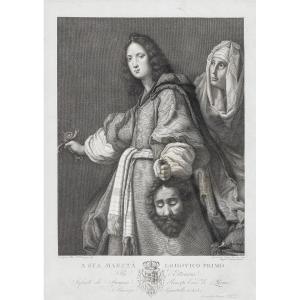








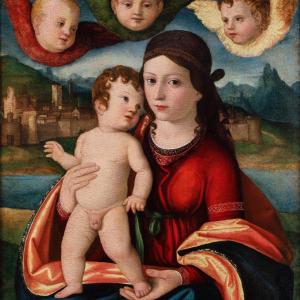
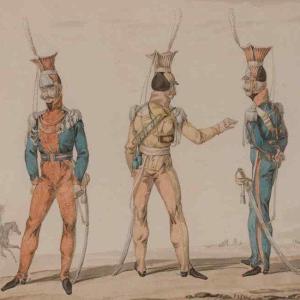
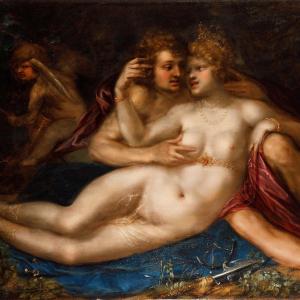



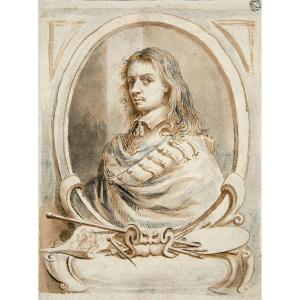

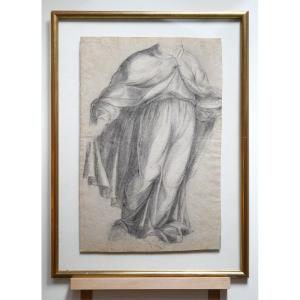





 Le Magazine de PROANTIC
Le Magazine de PROANTIC TRÉSORS Magazine
TRÉSORS Magazine Rivista Artiquariato
Rivista Artiquariato